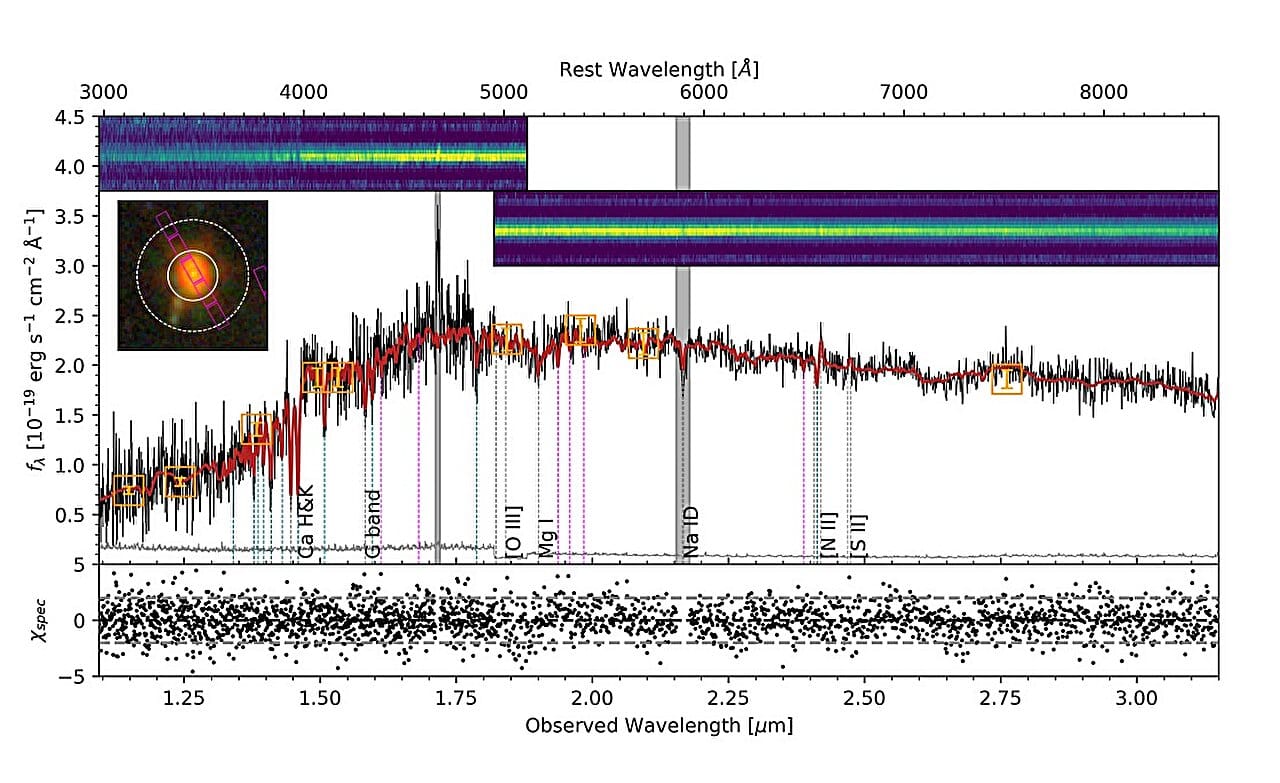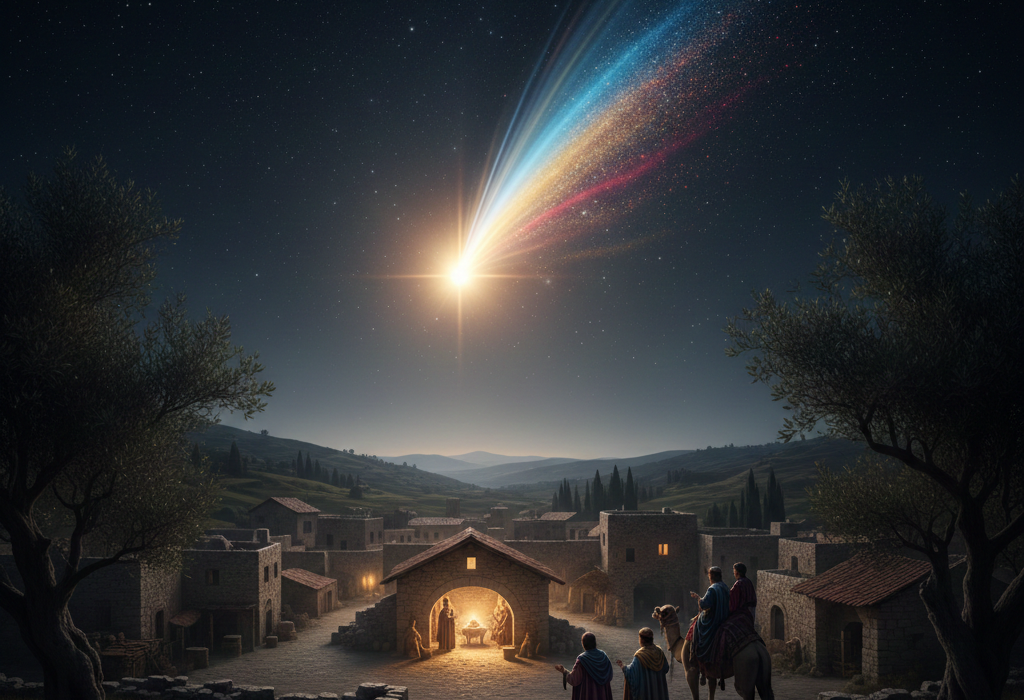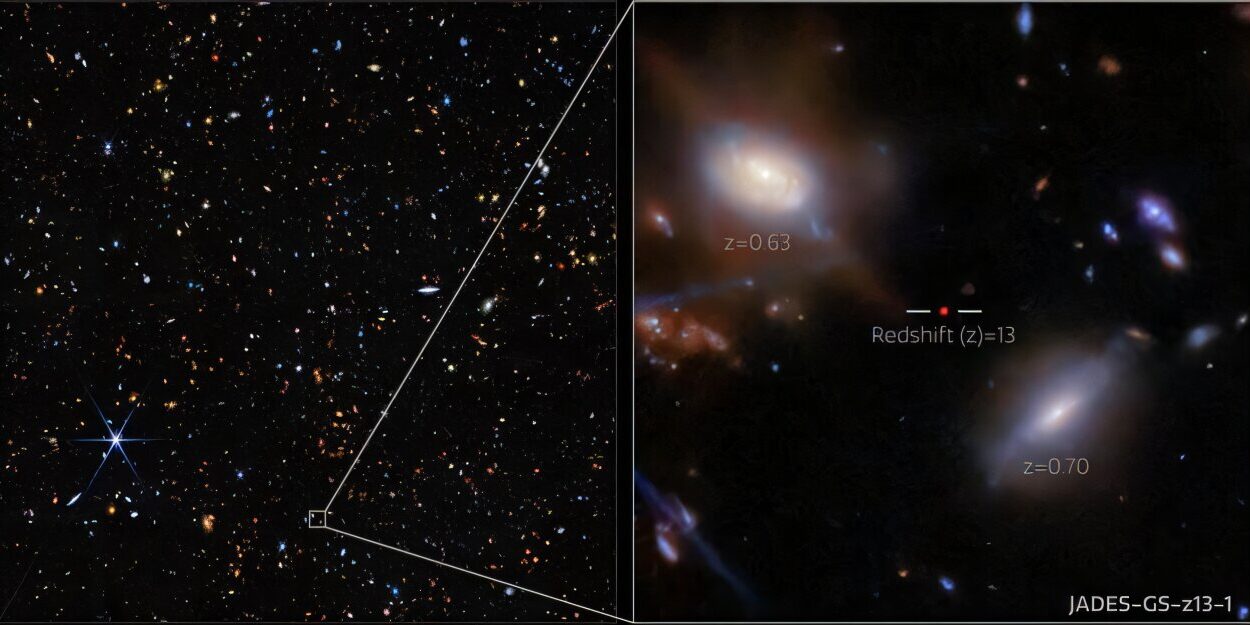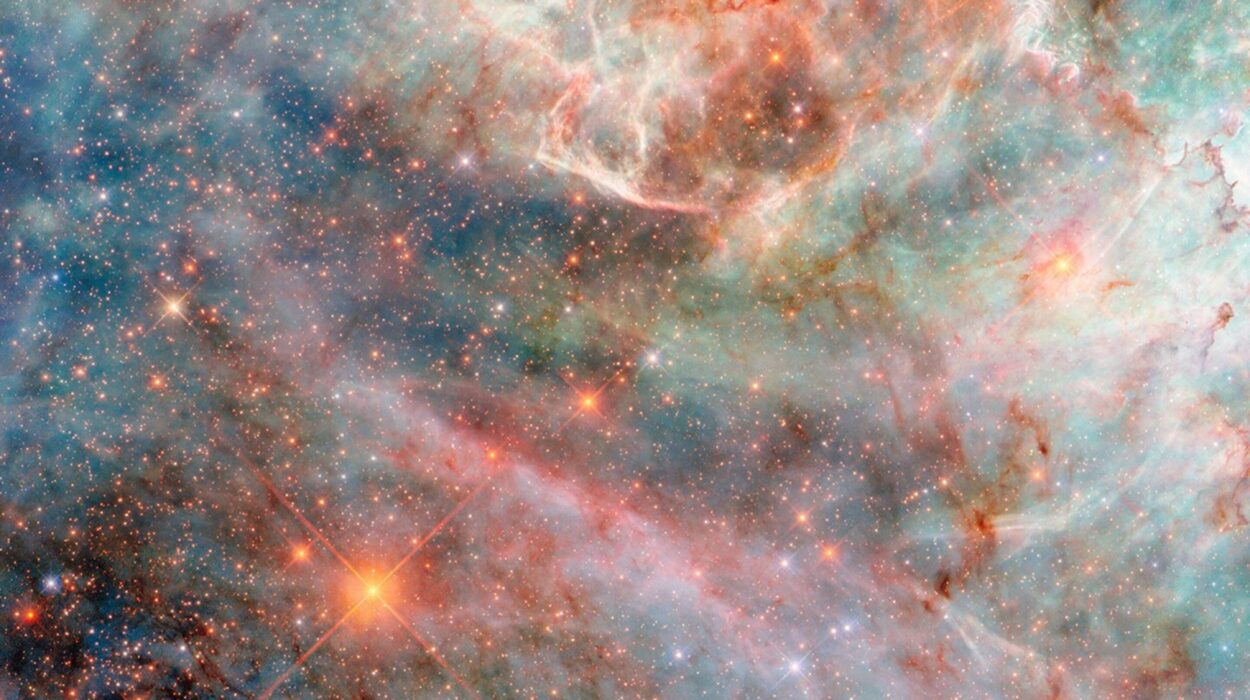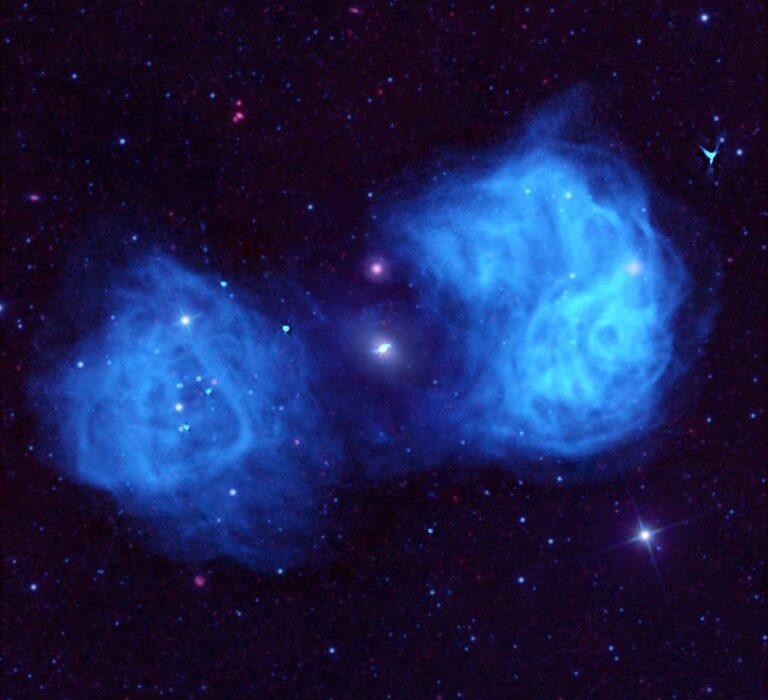Billions of years before Earth ever formed, when the universe was still a restless child, a massive galaxy blazed with furious star formation before mysteriously going quiet. Today, astronomers have caught a glimpse of that ghostly relic using the combined power of NASA’s James Webb Space Telescope (JWST) and the Hubble Space Telescope (HST).
The galaxy, officially known as SMILES-GS-191748, has been nicknamed “Eridu”—after the ancient Sumerian city often described as one of humanity’s first. Just as Eridu was once a cradle of early civilization on Earth, this galaxy may represent one of the earliest and most mature civilizations of stars in the cosmos.
An Elder Among Galaxies
Astronomers estimate that Eridu existed when the universe was only 2.5 billion years old—a mere fraction of its current 13.8-billion-year age. At that time, galaxies were still forming, stars were igniting in violent bursts, and heavy elements were only beginning to enrich the cosmic landscape.
Yet Eridu already looked old. According to the new study led by Ian McConachie of the University of Wisconsin-Madison, Eridu is a quiescent galaxy, meaning it has stopped forming stars. Instead of dazzling with newborn suns, it glows faintly with the light of an ancient stellar population, suggesting that its stars were forged in an intense burst of activity long ago—likely within the first 300 million years after the Big Bang.
With an estimated 900 billion times the mass of our Sun, Eridu stands as a cosmic giant, rivaling or surpassing the size of the Milky Way. Yet, despite this immense mass, its star formation rate has dropped to less than one new star per year over the past 100 million years—a near silence compared to its explosive youth.
The Chemical Fingerprints of Ancient Stars
By analyzing Eridu’s light across a wide range of wavelengths, the astronomers could peer into the galaxy’s chemical makeup. They found that its stars carry an unusually high ratio of magnesium to iron, a sign of what scientists call alpha-element enhancement.
This chemical fingerprint tells a story: the galaxy’s stars were born rapidly from massive, short-lived suns that exploded as supernovae. These violent explosions released magnesium and other alpha elements into space, enriching Eridu’s gas clouds before iron-producing supernovae had time to catch up. In short, Eridu’s chemistry reveals a galaxy that burned bright and fast, then shut itself down.
Living Inside a Cosmic Metropolis
Eridu doesn’t exist in isolation. The study shows that it lies within a massive protocluster of galaxies nicknamed “Drishti,” with a total mass approaching one quadrillion Suns. This dense environment likely fueled Eridu’s early growth. Frequent mergers between galaxies could have accelerated its rapid accumulation of mass, while the crowded conditions may also have triggered the processes that quenched its star formation so early.
Clusters like Drishti act as gravitational hubs of the universe, places where galaxies are forged in abundance—and where some, like Eridu, live fast and die young.
Why Eridu Matters
The discovery of Eridu challenges astronomers’ understanding of how galaxies form and evolve. Traditional models suggest that galaxies build up their mass gradually over billions of years, with star formation tapering off much later. Eridu, however, was already massive, chemically mature, and dormant when the universe was still in its adolescence.
This finding raises new questions. Was Eridu once one of the mysterious bright blue galaxies recently detected at redshifts greater than 10, some of the very first galaxies ever formed? Or is it the descendant of a more dust-obscured population that has only recently begun to reveal itself through JWST’s infrared vision?
The answers could reshape how astronomers think about galaxy formation in the early universe.
Looking Ahead
Although JWST has given scientists their clearest view yet of Eridu, much remains unknown. Researchers are eager to probe its morphology, internal dynamics, and surrounding environment in greater detail. Did its stars form in one titanic burst? Was its quenching caused by supermassive black holes, galactic winds, or the crushing effects of its protocluster environment?
Future studies promise to shed light on these mysteries. For now, Eridu stands as both a beacon and an enigma: a reminder that the universe’s past holds secrets that defy our neat timelines and expectations.
As McConachie and his colleagues conclude, Eridu’s “formation history is confounding, undeniably ancient, and possibly connected to the very first generation of galaxies.”
Just as the ruins of the city of Eridu speak to the dawn of human civilization, the cosmic Eridu may whisper the story of the universe’s first great galactic civilizations—flickering lights from a time when the cosmos itself was just learning how to shine.
More information: Ian McConachie et al, Excavating The Ruins: an Ancient z=2.675 Galaxy Which Formed in the First 500 Myr, arXiv (2025). DOI: 10.48550/arxiv.2508.05752
